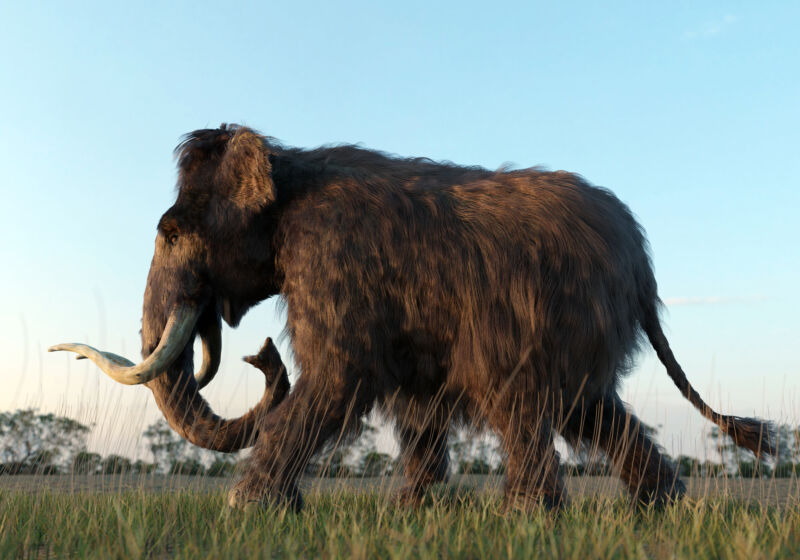New study tracks a mammoth’s travels across Alaska

Enlarge (credit: Aunt_Spray / GETTY IMAGES)
A single tusk is all that remains of a mammoth that lived approximately 14,000 years ago. Yet that one tusk has enabled scientists to uncover remarkable details about her life. Using ancient DNA, researchers determined her sex and how she was related to mammoths that left fossils nearby. Using analysis of isotopes found in the tusks, they re-created her approximate movements over two decades, from birth to death, learning that she frequented areas once inhabited by ancient humans.
Combined with Indigenous knowledge and earlier work tracking the movements of a male mammoth, we are beginning to gain unparalleled insight into the lives of specific animals, information that has implications for future understanding of Pleistocene ecology and its extinctions.
Long in the toothMammoth tusks are essentially one long tooth, and their growth captures significant moments throughout the mammoth's life. "Reading" information contained within tusks, paleontologists can, for example, determine when and if a mammoth starved, when it was pregnant or going through musth, and the season in which it died. It also contains a record of where it likely roamed throughout its life-if you have the right tools.